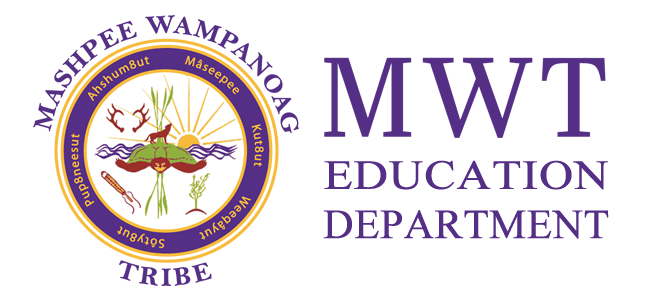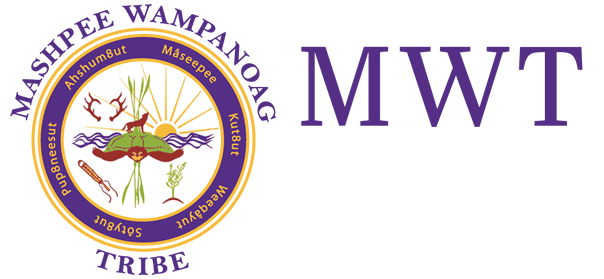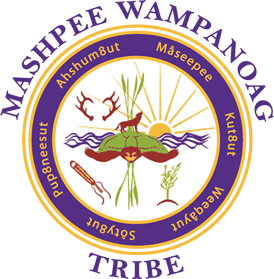History
An Overview of Indigenous Education in the United States
History regarding Native Americans within the U.S. school system has been marked by policies and practices that discriminate against Indigenous students, their family histories, and their cultural ways. These issues have been occurring since interruption in the 17th century and have unfortunately continued into recent times. Within our department, we work to try and make positive changes for our students so that this struggle will not continue for future generations.
Native American communities have always had diverse and rich educational teachings before European colonization. Education was often informal and centered around passing on cultural knowledge, traditions, and skills from one generation to another through oral traditions, storytelling, ceremonies, and everyday experiences.
With the arrival of European settlers, efforts were made to assimilate Native Americans into European ways of life. Missionary schools were established to try and indoctrinate Indigenous people into Christianity and assimilate tribes into European culture.
In the 19th century, the U.S. government established off-reservation boarding schools intending to assimilate Native American children. One of the most well-known was the Carlisle Indian Industrial School in Pennsylvania, which Wampanoag students attended. The motto of these schools was “Kill the Indian, save the man,” reflecting the goal of erasing Native cultural identities and replacing them with Euro-American ideals and lifeways.
The federal government continued to promote assimilation through education. The Meriam Report of 1928 exposed the harsh conditions and failures of many boarding schools. However, the overall push for assimilation persisted, and many Native American children were subjected to inadequate education and cultural suppression.
The Indian Reorganization Act of 1934 marked a shift toward supporting Native self-governance and cultural preservation. It encouraged the establishment of community-controlled schools on reservations. The Indian Self-Determination and Education Assistance Act of 1975 empowered tribes to manage their own education systems.
Despite these improvements, many challenges persist. Native American students continue to face disparities in educational resources, achievement gaps, and cultural insensitivity in schools. The preservation of Native languages and cultures remains an ongoing concern.
In recent years, there has been a growing movement to promote culturally relevant and inclusive education for Native American students, acknowledging the importance of respecting and preserving their unique cultural identities while providing quality education. However, the legacy of assimilationist policies continues to impact Native American communities and their educational experiences to this day.
Mashpee Wampanoag Tribe
Education Department
483 Great Neck Road South
Mashpee, MA 02649
508-477-0208 x8
Quick Menu
Stay Connected
Follow Us


